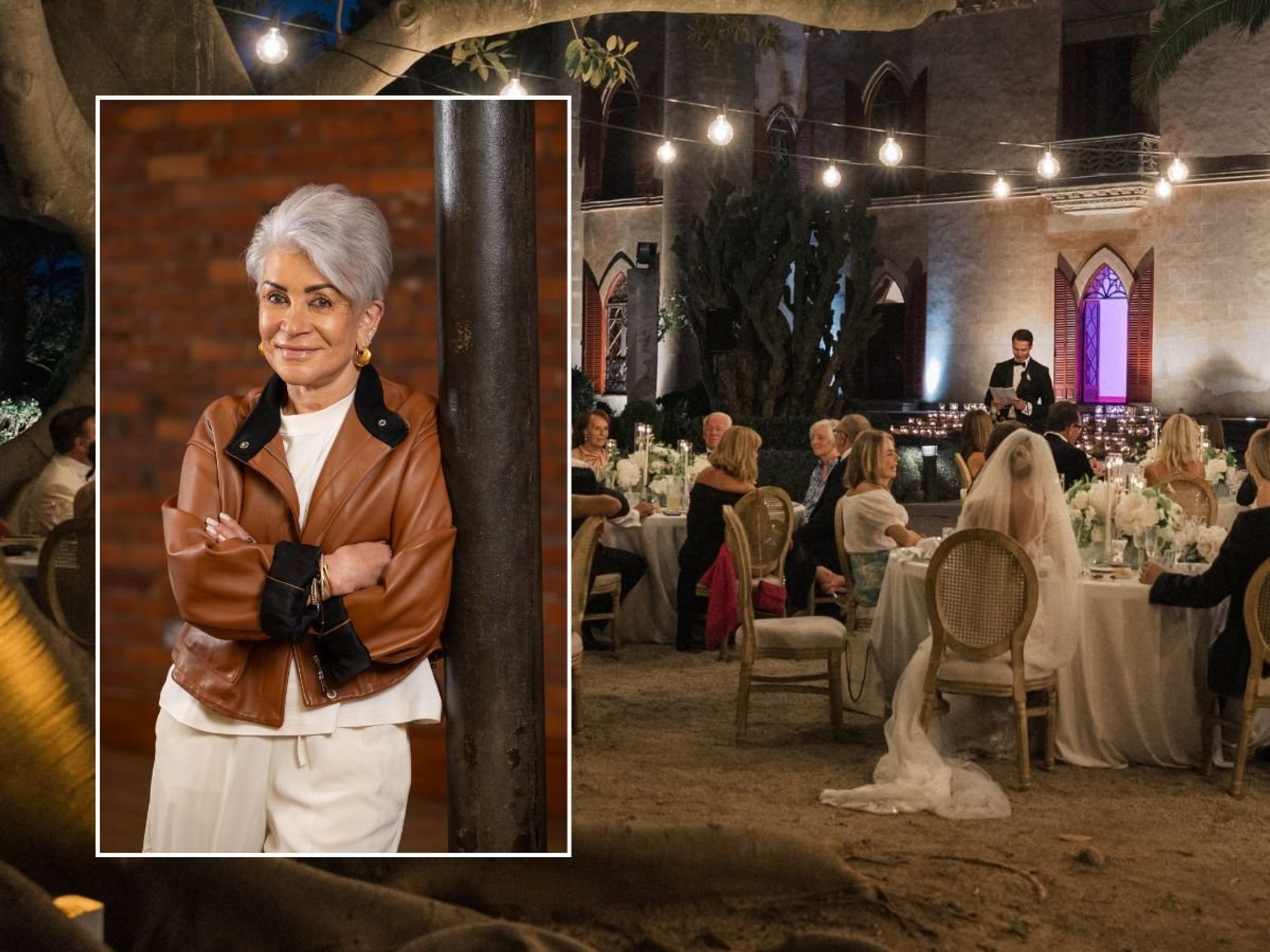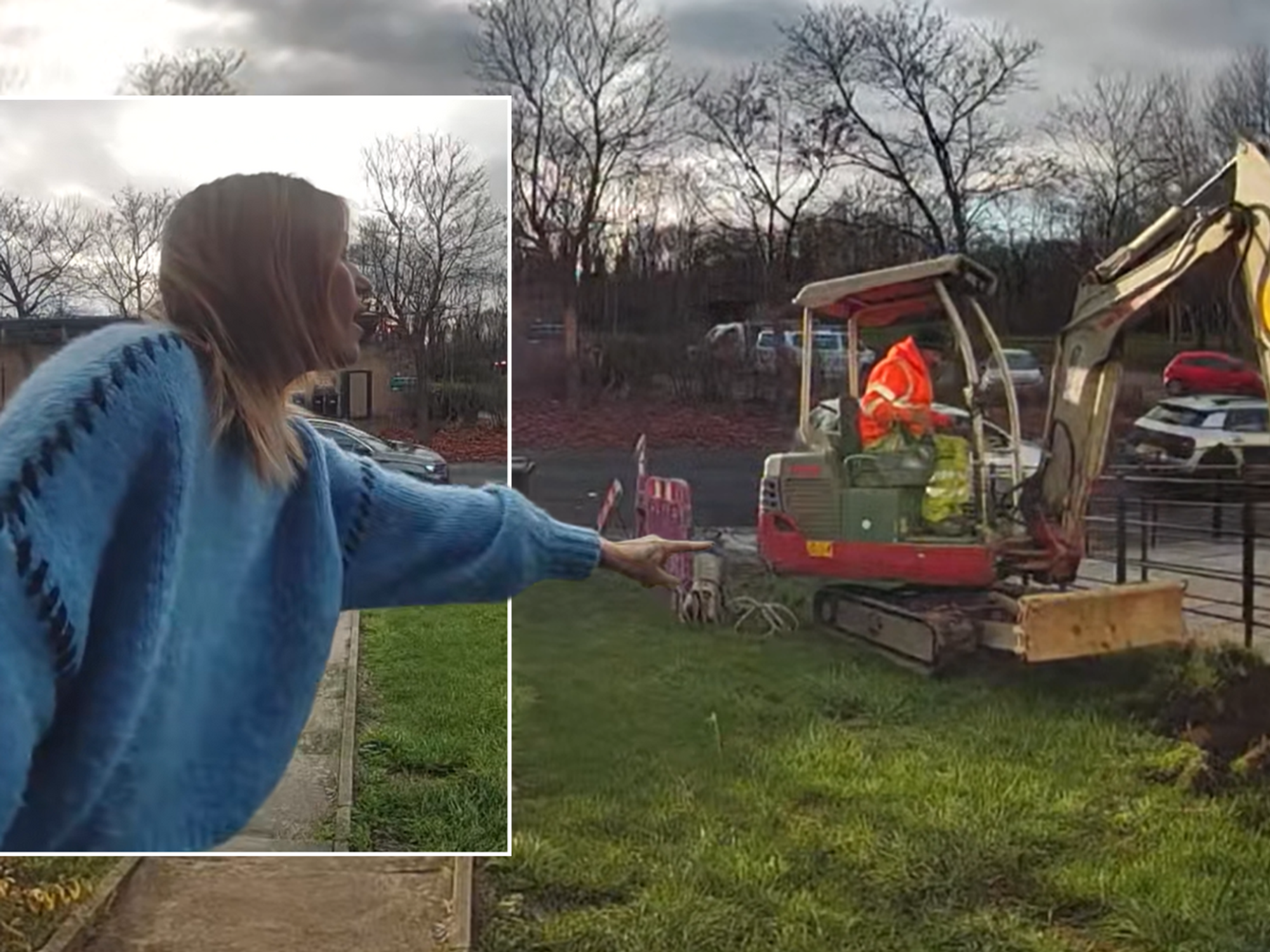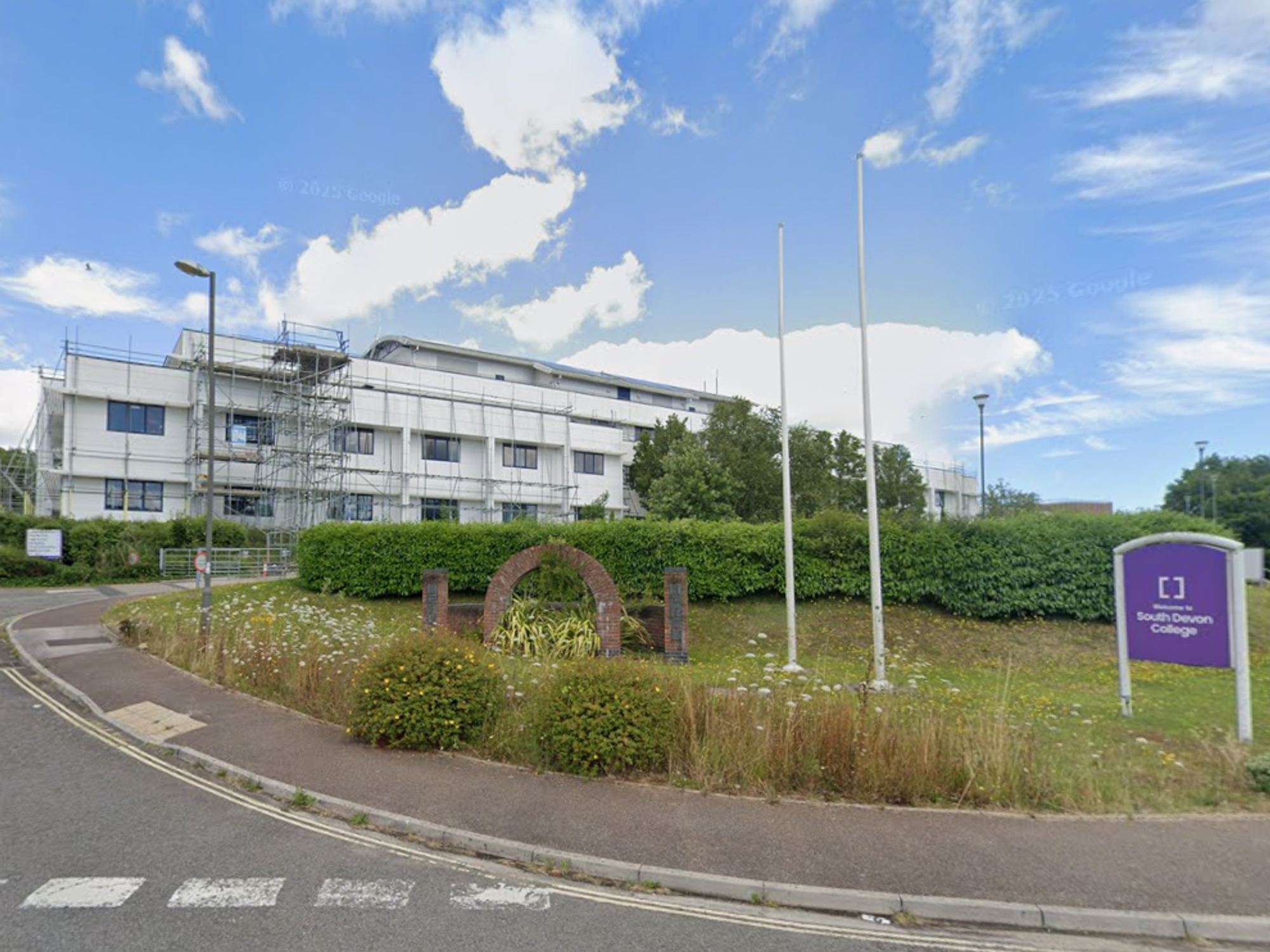Archaeology breakthrough: Sutton Hoo mystery FINALLY solved as experts reveal secrets behind historic site

Sutton Hoo is a major archaeological site in Suffolk
Don't Miss
Most Read
Archaeologists have finally solved the mystery of a 1,400-year-old Byzantine bucket discovered at Sutton Hoo.
The bucket was found to hold the cremated remains of a prominent individual from the Anglo-Saxon community.
The copper alloy vessel, known as the Bromeswell bucket, was pieced together from fragments first found in 1986, with additional pieces discovered in 2012 and more unearthed during a Time Team excavation last year.
The excavation revealed the bucket's intact base contained cremated human bones, including skull fragments and part of an ankle bone.
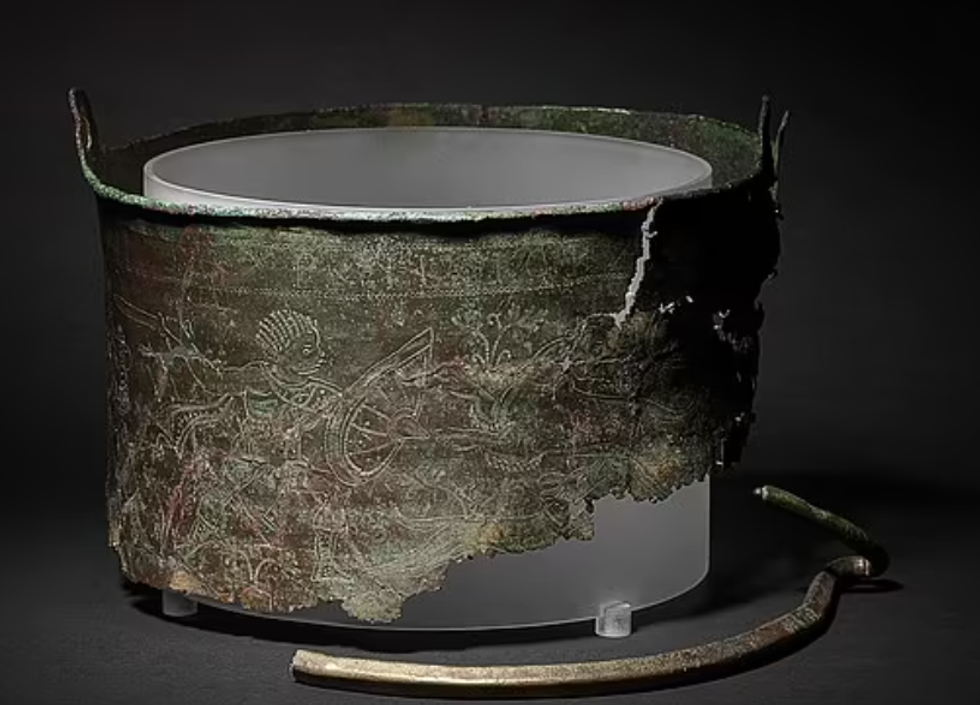
The sixth century Byzantine bucket has been pieced back together after fragments of it were found at Sutton Hoo
|PA
Animal remains from a creature "larger than a pig" were also discovered, possibly a horse, which were often included on early Anglo-Saxon cremation pyres as a status symbol.
A comb, likely made from antlers, was found alongside the remains.
The bucket, decorated with a hunting scene featuring naked warriors battling lions, bears a Greek inscription that translates as "use this in good health, Master Count, for many happy years".
Experts believe it was crafted in the eastern Mediterranean region during the 6th century, several decades before the famous Sutton Hoo ship burial.
CT scans reveal concentric rings indicating the bucket was made by "cold hammering".
LATEST DEVELOPMENTS:
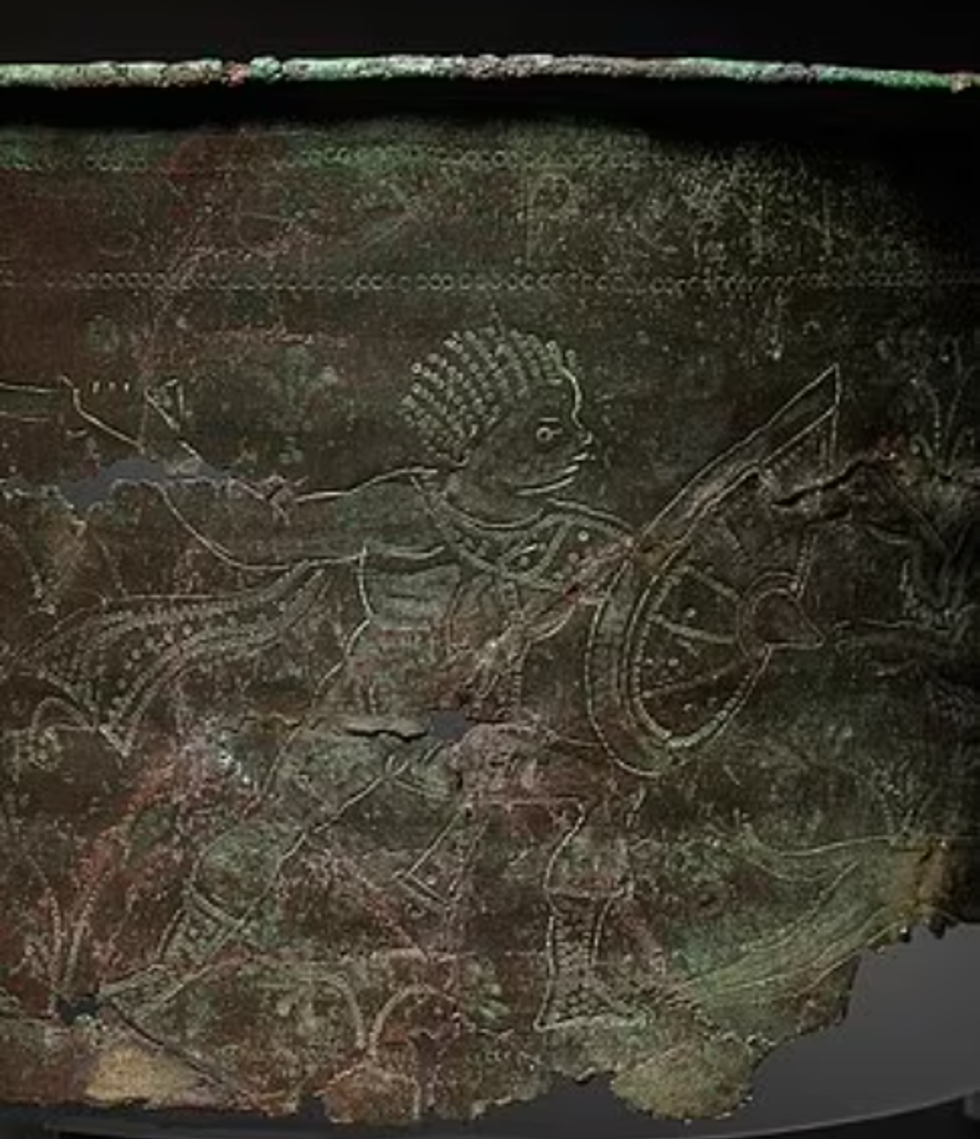
The bucket was decorated with a hunting scene featuring naked warriors battling lions
|PA
Angus Wainwright, National Trust archaeologist, said: "We knew that this bucket would have been a rare and prized possession back in Anglo-Saxon times, but it's always been a mystery why it was buried.
"Now we know it was used to contain the remains of an important person in the Sutton Hoo community. I'm hopeful that further analysis will uncover more information about this very special burial."
Helen Geake, Time Team's Anglo-Saxon expert, said the team had "finally solved the puzzle of the Bromeswell bucket".
She added: "It's a remarkable mixture - a vessel from the southern, classical world containing the remains of a very northern, very Germanic cremation. It epitomises the strangeness of Sutton Hoo - it has ship burials, horse burials, mound burials and now bath-bucket burials."
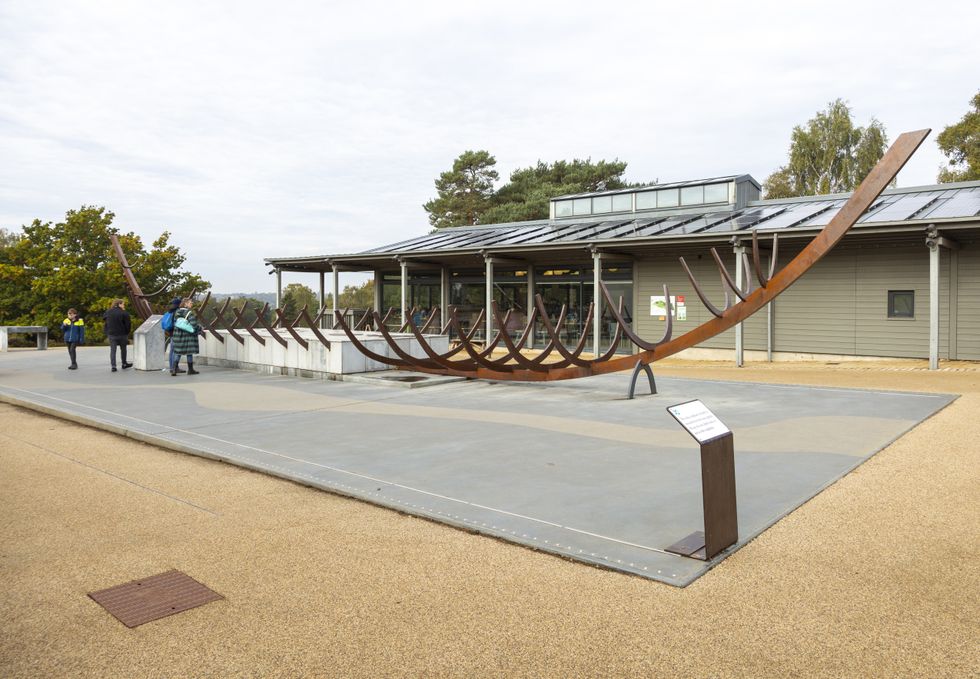
Steel frame of ship burial, Sutton Hoo, Suffolk, England
|Getty
Researchers hope that ancient DNA from the owner might have survived on the unburnt comb, potentially revealing the sex and age of the cremated individual.
The bucket base and comb will now undergo careful conservation to allow further study.
The second phase of Time Team's research collaboration with FAS Heritage and the National Trust continues until June 13.
Visitors can see the main bucket fragment on display at Sutton Hoo, on long-term loan from the Annie Tranmer Charitable Trust.





